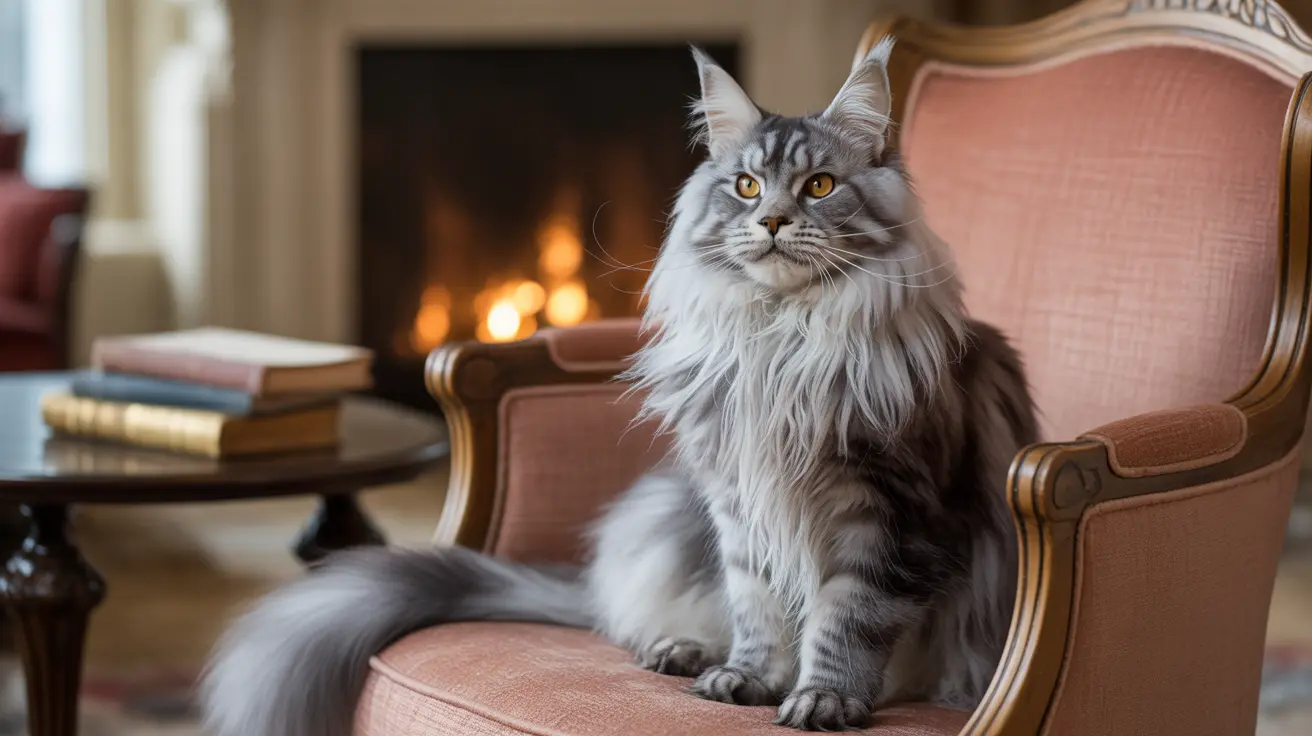Cat tails are fascinating appendages that serve multiple purposes, from helping with balance to expressing emotions. Whether you're a cat owner or simply curious about feline anatomy, understanding the various types of cat tails can provide valuable insights into breed characteristics and cat behavior.
In this comprehensive guide, we'll explore the different types of cat tails, their functions, and what they reveal about our feline friends. From long and fluffy to short and stubby, each tail type has its own unique characteristics and purpose.
Common Types of Cat Tails and Their Characteristics
Standard Tail
The most common tail type found in domestic cats is the standard tail, which is proportionate to the body length and tapers toward the tip. This tail type is typical in breeds like the American Shorthair, Bengal, and Abyssinian. It provides excellent balance and serves as an effective communication tool.
Long and Fluffy Tails
Maine Coons and Norwegian Forest Cats are famous for their impressive, plume-like tails. These long, fluffy tails can measure up to 16 inches in length and serve multiple purposes, including warmth preservation in cold climates. The dense fur creates a magnificent display that adds to these breeds' majestic appearance.
Bobbed and Shortened Tails
Several breeds naturally possess shorter tails due to genetic mutations. The Japanese Bobtail, American Bobtail, and Pixie-bob all showcase this distinctive feature. These cats have adapted to maintain perfect balance despite their shortened tails, often developing stronger hindquarters to compensate.
The Role of Tails in Feline Communication
A cat's tail is an essential tool for expressing emotions and intentions. Different positions and movements convey specific messages:
- Straight up: Friendly greeting and confidence
- Curved like a question mark: Playful and approachable
- Puffed up: Fear or aggression
- Low and twitching: Hunting mode or agitation
Health and Care Considerations
Different tail types require varying levels of care and attention. Long-haired cats with fluffy tails need regular grooming to prevent matting and tangles. Owners should also watch for signs of tail injuries or conditions that might affect tail mobility, as these can impact a cat's balance and overall well-being.
Breed-Specific Tail Features
Some breeds are specifically known for their unique tail characteristics:
- Persian cats: Long, full tails with thick fur
- Siamese cats: Long, thin, and tapering tails
- Manx cats: Range from completely tailless to having partial tails
- Turkish Angora: Long, fluffy tails carried high
Frequently Asked Questions
What are the main types of cat tails and which breeds are associated with each type?
The main types include standard tails (American Shorthair, Bengal), long fluffy tails (Maine Coon, Persian), bobbed tails (Japanese Bobtail, Manx), and thin tails (Siamese, Oriental breeds). Each type is associated with specific breed characteristics and genetic traits.
How does a cat's tail shape and length affect its balance and communication?
A cat's tail serves as a counterbalance during jumping, running, and climbing. The tail's position and movement also communicate emotional states and intentions to other cats and humans.
What causes bobbed or shortened cat tails, and which breeds commonly have them?
Bobbed tails are typically caused by genetic mutations. Breeds like the Japanese Bobtail, American Bobtail, and Manx naturally possess this trait through selective breeding.
How should I care for a cat with a long, fluffy tail to prevent matting or health issues?
Regular brushing, at least weekly, is essential for long-tailed cats. Use appropriate grooming tools, check for tangles or mats, and maintain cleanliness around the tail base to prevent hygiene issues.
What do different tail positions and movements reveal about a cat's mood and behavior?
Tail positions and movements are key indicators of feline mood. An upright tail typically indicates happiness and confidence, while a puffed-up tail suggests fear or aggression. Slow swaying might show interest, while rapid twitching often signals irritation or hunting behavior.
Conclusion
Understanding cat tail types helps us better appreciate our feline companions' unique characteristics and communication methods. Whether your cat has a long, fluffy tail or a distinctive bob, this important appendage plays a crucial role in their physical and social well-being.






